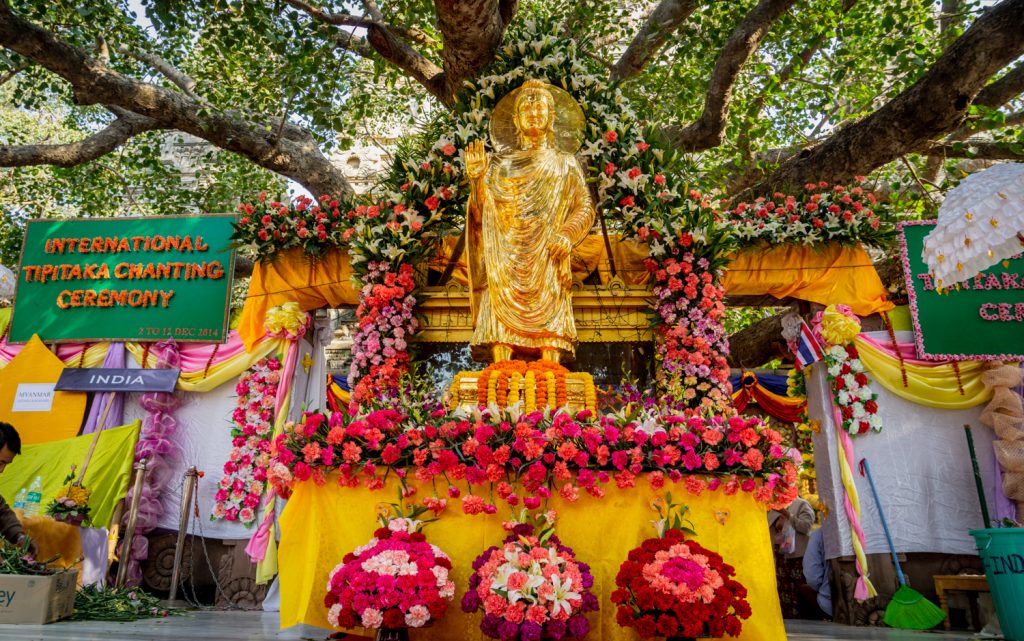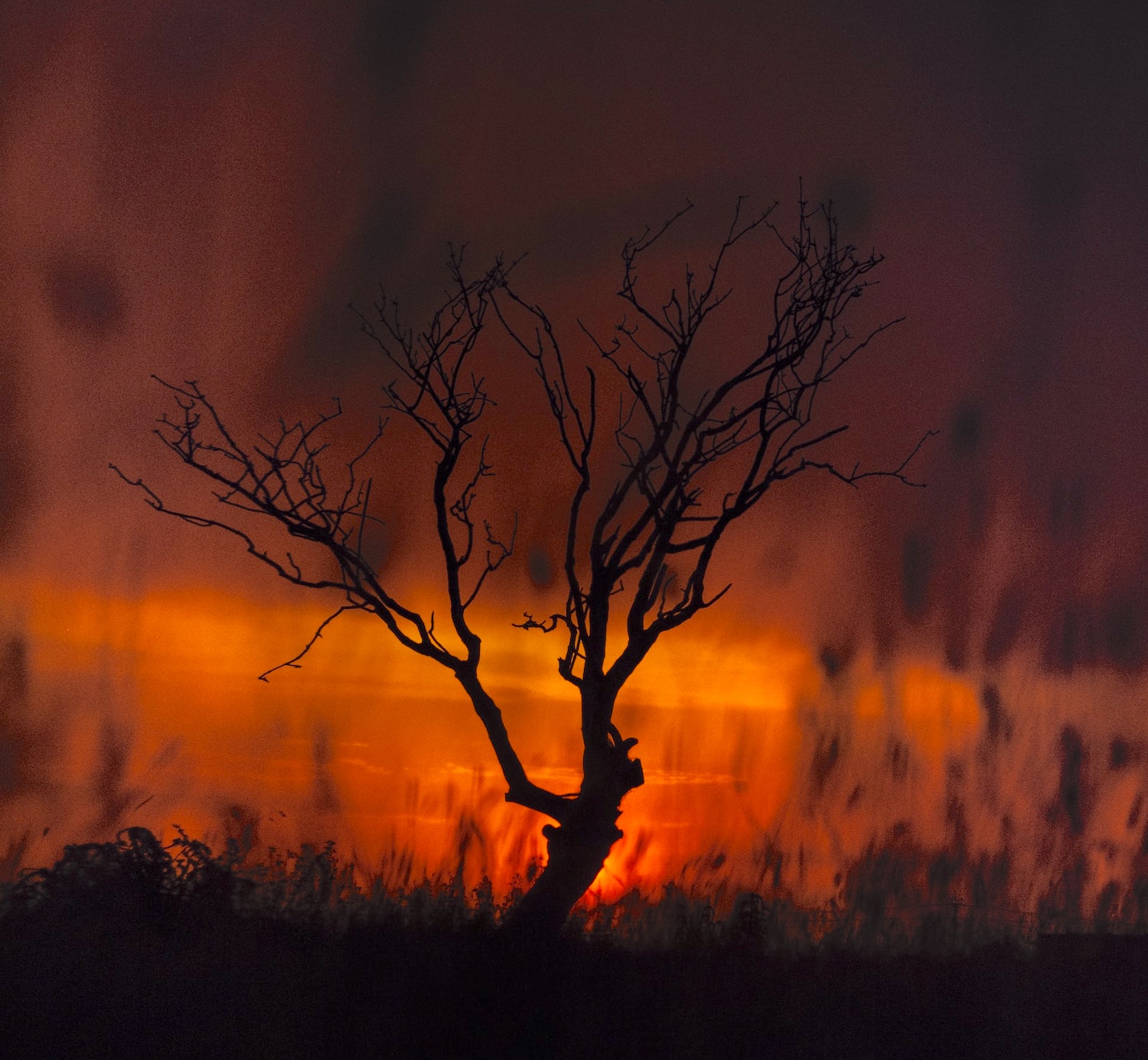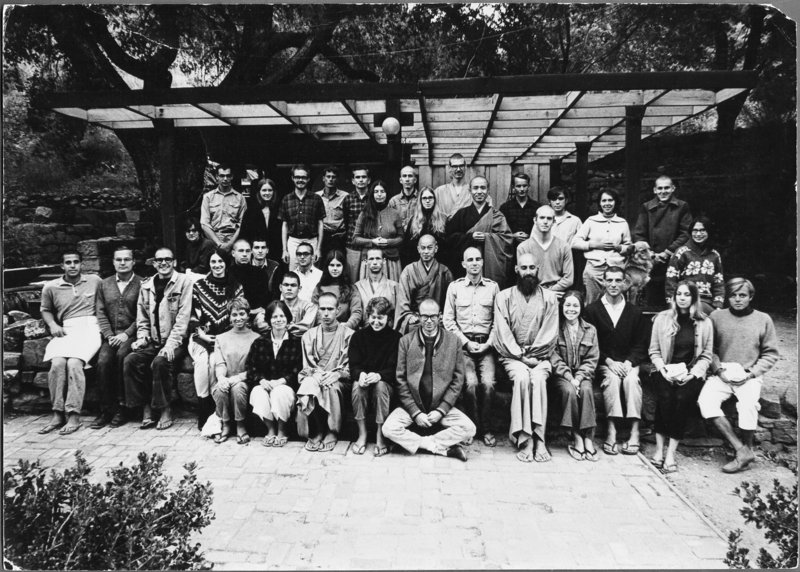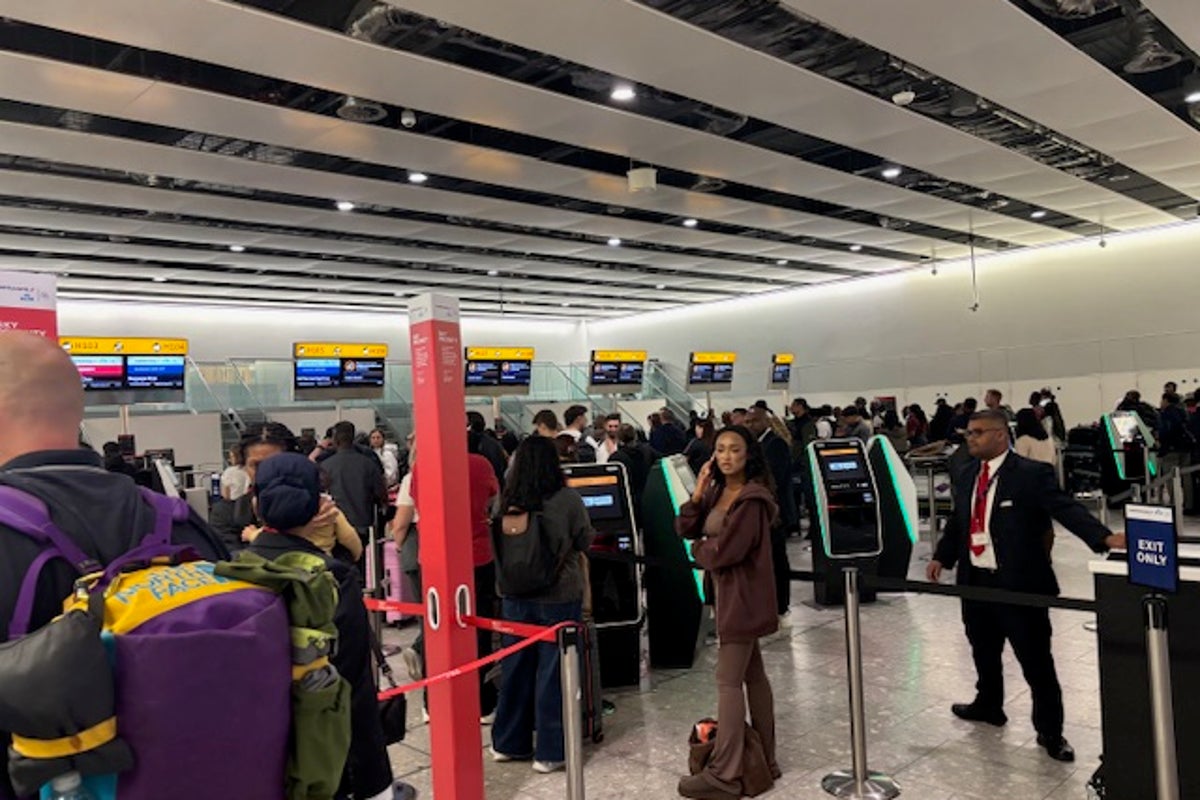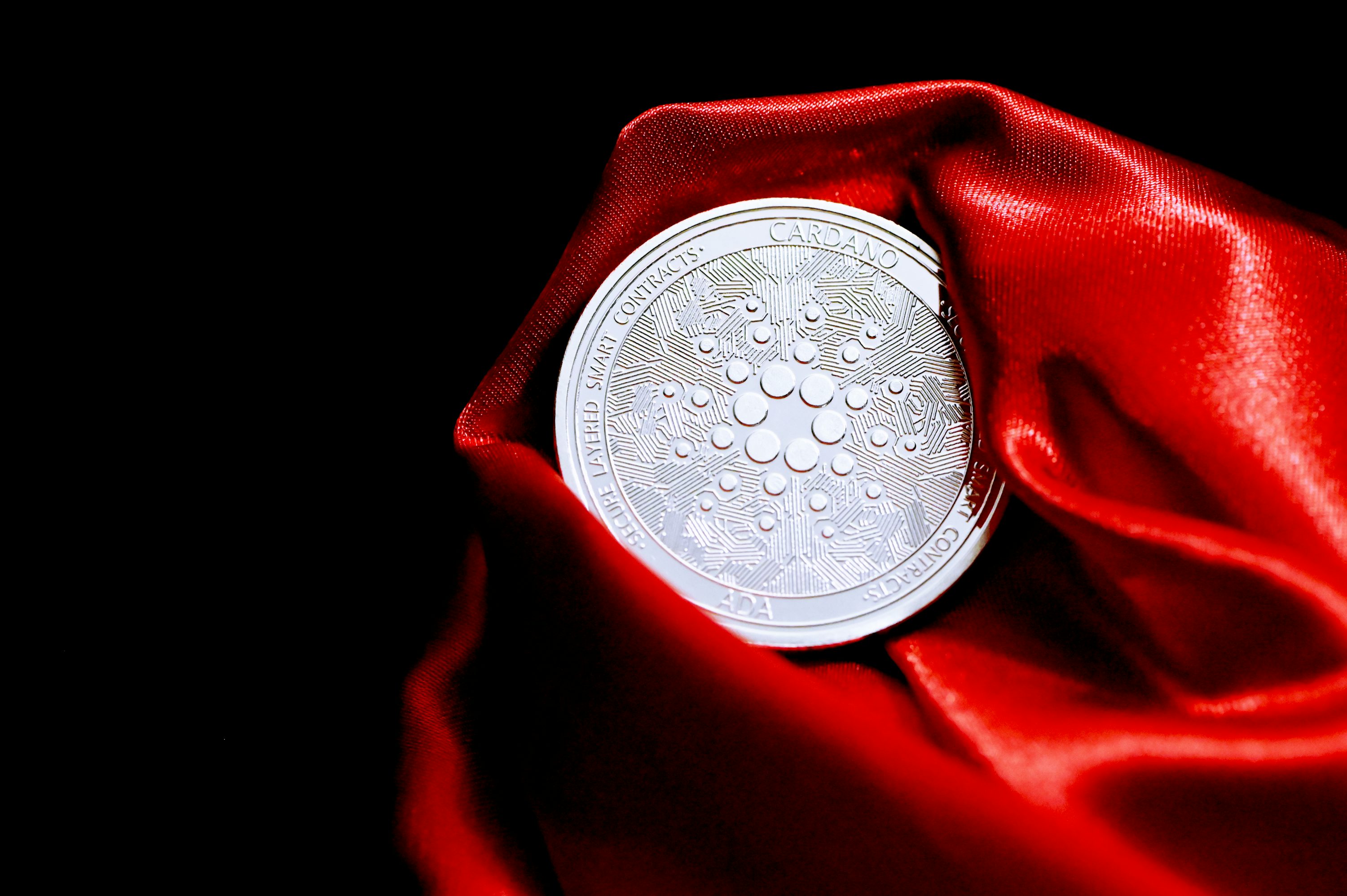Medicine as Benefit
Dr. Nida Chenagtsang discusses traditional Tibetan medicine and its connection with Buddhism. The post Medicine as Benefit appeared first on Tricycle: The Buddhist Review.

Sowa Rigpa, or the “science of healing,” is a Tibetan medical and social system informed by Mahayana Buddhist principles and cosmologies. The founding figures are often understood as emanations of Sangye Menla, the Medicine Buddha. Although Sowa Rigpa enjoys kindred connections to Ayurveda, traditional Chinese medicine, and ancient Greco-Arab medicine, it has its own unique history, theory of health and disease, and approaches to practice. Forms of Sowa Rigpa have likely existed for more than two millennia, but its foundational texts date to the 8th century and were later refined into a compendium known as The Four Tantras (Tibetan: Gyuzhi). This text remains a unifying resource for Sowa Rigpa students and practitioners in and outside Tibet. Whether learning in a family lineage or in an institutional setting, practitioners study the healing properties of plant, mineral, and animal products that make up the tradition’s materia medica, becoming well-versed in what we might understand as seven discrete disciplines: botany, ecology, pharmacology, toxicology, physiology, psychology, and internal medicine.
At its heart, Sowa Rigpa recognizes Buddhism’s three mental poisons of attachment, aversion, and ignorance as the root of disease and foregrounds the relationship between mind and body. Health is a state of balance between mental and emotional dynamics, bodily constituents, and the external world. Medicine comes in many forms, from compounded pills, decoctions, and powders to external therapies such as medicinal baths, moxibustion, and massage, including “prescriptions” for forms of Buddhist practice. Today, Sowa Rigpa is part of the growing, multibillion-dollar pan-Asian traditional pharmaceutical industry and a global “complementary and alternative” healing landscape, even as it remains a vital public health resource for people on both sides of the Himalaya, and a traditional practice built from regional ecologies that are impacted by climate change.
Dr. Nida Chenagtsang is a practitioner of Sowa Rigpa and Tibetan Buddhism, particularly in the ngakpa (nonmonastic) traditions rooted in Amdo, northeastern Tibet. Trained both in Amdo and Lhasa, Dr. Nida is also a poet and a prolific author in both Tibetan and English. Over the past two decades, he has forged a practice and a career that bridges Asia, Europe, and North America that has opened pathways toward a global Tibetan medicine, at once rooted in tradition and responsive to changing cultural and natural environments. I sat down with Dr. Nida in May 2024 to discuss his path into this work, its current orientations, and his visions for the future of Tibetan healing.
Were there any moments in your life that helped you to commit to your path as a Tibetan physician, scholar, and teacher? I am from a part of Amdo that is historically tied both to Tibet and Mongolia. It’s the region where the great poet Shabkar Tsogdruk Rangdrol was from, himself a student of the Mongolian dharma king Ngakyi Wangpo. Our culture was mixed, Mongol and Tibetan. For example, in most nomadic areas of Amdo, people live in black yak hair tents. But in our area, we lived in Mongolian-style yurts. I was born in a yurt. I grew up in nature and was a typical nomad kid. I spent my time with animals, on the grassland. We were a big family of ten children, my parents, and my aunt—all living in one yurt!
Our region was well-known for herbal medicine. Even in the 1950s and ’60s, at a difficult time in Tibet’s history, we had a famous local doctor who studied Sowa Ripga, traditional Chinese medicine (TCM), and some Western biomedicine. He learned Chinese and studied modern anatomy and physiology, trying to integrate them. We also had a famous classical nomad doctor who did everything in the traditional way: collecting and drying herbs, making pills, memorizing texts, and giving oral instructions. Because we had these two famous doctors in our area—each practicing Sowa Rigpa in a unique way—everyone knew about it. By the time I was growing up [in the 1970s and 1980s], we had a People’s Hospital in our area, but nomad people always liked natural medicine, and we supported this more. Sometimes, when we were young, we were sent to collect basic medicinal plants by our parents or other elders. We were little kids and didn’t really know much, but we did this work so that our parents could give herbs to local doctors.
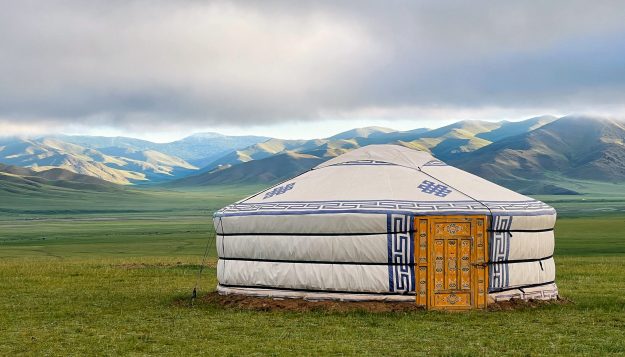 A Mongolian yurt. Photo courtesy of Lauren Rathvon.
A Mongolian yurt. Photo courtesy of Lauren Rathvon.I went to a tent school from about 6 years old. When I was about 12, my parents sent me to another school, a government school. This new form of Communist-style education was not so nice, not gentle. Still, my parents were great supporters of education. And so I went. I attended middle school in a house. After growing up in yurts and tents, moving to a house and trying to learn in that environment was emotionally shocking and strange. I felt the heaviness of this education system in everything, even the buildings made of concrete and stones. It was so different from a tent or yurt made of felt, wool, and wood—a type of environment where everything is lighter.
“I was walking barefoot on the plains, seeing the wildflowers, grass, and medicinal herbs. I felt a deep and renewed connection to my motherland. I asked myself, ‘How is it possible that I left this place?’”
In that schoolhouse, I felt pressure and stress. I was homesick. One summer, when I was back home, I was walking barefoot on the plains, seeing the wildflowers, grass, and medicinal herbs. I felt a deep and renewed connection to my motherland. I asked myself, “How is it possible that I left this place?” I started to cry. My father was nearby. He asked, “What happened? Is everything OK?” I said, “Yes. I was being called by nature.” This is a very deep memory for me.
After middle school, I attended teacher training college in Repgong. Repgong is a farming area, and I felt differently distant from nature. It was hard, but I finished teacher training and went home at 17 to become a language teacher. Then, I realized that most of my students—these nomad kids—were all older than I! Our parents believed in education, so I was sent to school when I was small. But now I understood that other nomad kids refused to go to school or their parents refused to send them. I was teaching students the Tibetan language, but according to our government curriculum, we were also reading world histories. I remember having to teach Roman history when I had no idea where Rome was. It was difficult to motivate myself or to know my purpose. I was a young teacher, a bit lost. Around this time, one of my friends asked if I was interested in studying Sowa Rigpa. Instinctively, I said yes.
Dr. Tsedra was my first teacher. He taught evening classes at home and really inspired me. His teaching style was mysterious, very loving, and kind. I also learned from Dr. Jigme at the local Sowa Rigpa government school. I would study with Dr. Jigme during the day and then attend Dr. Tsedra’s teachings in the evenings and weekends.
During one summer holiday, Dr. Jigme asked if I wanted to go to the high mountain to pick medicinal herbs. I said yes! We climbed very high into the mountains and spent ten days in a tent: camping, picnicking, collecting, and studying. On that trip, everything clicked. I felt like I was back in my mountain childhood. I told Dr. Jigme that becoming a Tibetan doctor was my karmic work and that I wanted to deepen my studies. He said he would ask an important local lama about this. After this consultation, this lama said I should go to Lhasa to study.
Dr. Jigme wrote a letter to Dr. Jampa Trinley, the director of the Lhasa Mentsikhang [the preeminent Tibetan traditional medicine and astrology institute, founded in Lhasa in 1916 and also established in exile in 1960, in Dharamsala], introducing me. I thought it was just a nice dream. But the letter was received, and I ended up in Lhasa, where I studied for seven years. There, everything changed. I was in love with Sowa Rigpa. Memorizing, learning, studying dharma. I had many different teachers at that time—from all the different schools of Tibetan Buddhism and the Mentsikhang. I was craving learning, and I was a little crazy for knowledge! I would bike around the city to receive teachings.
What is the relationship between dharma and medicine? The more you are interested in Sowa Rigpa, the more you are going to want to dive inside the dharma. This is how it was for me. I began to think about the relationship between the three poisons (dug sum)—I prefer to call them the three “toxins” now—as we know them from the dharma and how this relates to the three nyepa [often translated as “humors” but more accurately glossed as “dynamics” or “faults” of wind (lung), bile (tripa), and phlegm (bekan)] within Sowa Rigpa. I began to see how they were emotional toxins that manifest in the state of body-mind. This was just the beginning. I wanted to know more, to go deeper. In any tradition or context, sometimes teachers teach generically. I was not satisfied with generic teaching. I wanted to know more about mind, about Buddhist theory from many traditions. So I kept meeting with many different teachers. My medical studies helped me to understand the dharma. Learning dharma deepened my medical understanding.
I remember two important teachers from Lhasa. One, Gen Wangdu, who knows a lot about dharma. I always asked him dharma questions. He would describe how Sowa Rigpa was studied traditionally, but he was also careful during these days in Tibet [mid-1990s]. He would say, “You are normal students, and you have to study in the normal way.” Meaning, in the new college system. But he liked it when young students were interested in dharma. He would teach this in his private time. He was one of the most present teachers, always giving precise answers. The other teacher who influenced me in Lhasa was Gen Samten. As an ex-monk, he didn’t like to mix dharma and medicine. He pushed us to study modern medicine, to make Sowa Rigpa’s efficacy and power measurable and recognizable to Western science. If we said anything spiritual, he didn’t like it.
He had been a senior monk. He was physically tortured—too traumatized to talk about it. But one day, I visited his home, and I saw that he had a thangka of Yuthog Yonten Gonpo [a founding figure in Sowa Rigpa credited with compiling The Four Tantras]. It was old and from his family. And I could then see, in that moment, that he had this deep spiritual part inside. It lived in his prayer room, but when it came to teaching, he wanted to be a scientific professor. And so for those of us learning Sowa Rigpa in Lhasa at that time, we benefited from two kinds of teaching. Still, I experienced some tension, because I wanted to understand questions that link the dharma and scientific views, but to talk or write openly about such questions was very difficult. But I kept working and practicing. I did many shorter meditation retreats at that time, too.
How do you feel your body has changed through being a medical practitioner? What about your understanding of the relationship between body and mind? I like this question! It is important. Sowa Rigpa talks about diet, of course, but when I was a student, I was skinny. We didn’t have that much food then. Now, it is the opposite, with this comfortable life: plenty to eat and drink. If you are skinny, are you sick? If you are chubby, do you have the symbols of wealth and a new life? As a child, I ate a nomad diet and was very healthy. Then I went to Repgong and had a starving diet—cabbage and potatoes. I was skinny and weak, but I was young, and there were not many options, so I didn’t think about it very much. In Lhasa, I was not interested in diet. There were different foods, but I didn’t pay attention. When I went to Italy in 1998 and adopted an Italian diet, eating all that pizza and pasta, I began to think more about food and the transformation of the body as it relates to mind. A Mediterranean diet is generally healthy, but it made me sluggish and tired, heavy, and lazy. I tried to adapt, but it didn’t work. This was the first time I thought about something I knew generally from Sowa Rigpa but had not considered deeply. It changed my perspective on the relationship between my body and mind, and those of my patients.
In recent years, I have tried to change my diet back to something more like my childhood nomad diet. It is a little like keto but also somewhat different. Meat, milk, butter. I returned to my nomad roots to try to understand the relationship between diet, the human body, and mind. I’ve learned many things. For me, this is not just about losing weight. It is a bekan (phlegm) experience [reflective of this nyepa in Sowa Rigpa theory]. I learned more about the relationship between eating carbs and sugars, and how this can relate to digestion problems and psychological impacts like brain fog, lethargy, and procrastination. This was important for my health and my practice. I changed my diet and began doing more exercises, shifting my bekan nature into something more balanced. Exercise takes time, but it is one of the best antidotes for this mental and physical situation. Of course, this varies for other people and in relation to nyepa. For example, if you are more oriented toward lung (wind), you should look for a diet with more fat.
For me, going back to the diet of my childhood has been a powerful teaching. This is another link between dharma and medicine. Everybody knows that consuming too much sugar, too many carbs, or lots of fried or processed food is unhealthy, but this can be like a mind-body food addiction. I want pasta. I want sweets. Craving. Even if you are told you need to change, you become addicted to your food routine. When I worked with Italian patients, they always insisted they could not give up pasta! Culturally, this makes sense, but from the dharma view, it is a manifestation of toxic desire, attachment. That is the root cause of addiction. The main cause is the mind. But to change diet is also like the work of meditation. You need mental support. This has helped me to rediscover and more deeply appreciate this connection between medicine and dharma. First, we need to work on our mind, then we can change our diet. As a physician, I have to help myself so that I can help others. This is why I changed my diet back to one that best suits my constitution. Your cardiologist might die of a heart attack! The problem is mental before it is physical.
What is “medicine” to you? Medicine is benefit. In English, this sounds somehow like the opposite of what “medicine” is supposed to mean—when you think about pills or injections. If a toxin is harming you, then medicine is some other substance that reverses that effect. But you can also think about it in a different way. If you change your diet, depending on how you change it, this is either beneficial or harmful. This is how Sowa Rigpa thinks: Everything can be poison or medicine. In tantra, balance is important. Think about the idea of a “toxic” relationship in modern psychology. What does this mean? It means that the relationship is harmful. In this case, toxic is considered unhealthy. But if you can transform this relationship by examining the three mental poisons, and it becomes a nontoxic relationship, can it now be a healing relationship? In the beginning, this might sound a little strange. But the relationship between toxin or poison and medicine all depends on how we use them, and how we understand them.
What is the relationship between the Tibetan language and Tibetan medicine? I am super interested in languages. They transmit culture and give meaning. It may be true that with translations things get lost. But if we don’t translate [these teachings], nobody outside of a small group of people can study and benefit from Sowa Rigpa. The Dharamsala Men-Tsee-Khang says that students of Sowa Rigpa must first have the Tibetan language. This makes sense, of course, but I don’t think we have to say that language must come first, before medicine. Everything can be translated. But we need to be careful with key concepts.
“The relationship between toxin or poison and medicine all depends on how we use them, and how we understand them.”
For example, nyepa. I used to give this word different translations—humor, energy, fault—but now I just keep it as nyepa. I hold on to Tibetan terminology. Yes, in one sense, it means “fault.” But how do you understand the word “fault”? Or consider the word rigpa. It has so many translations: study, science, system, knowledge, but also primordial awareness, pristine wisdom in a spiritual sense. As a teacher, I give possibilities. As a student, I don’t want to get stuck. Knowing the root meaning of a root word helps.
If you could have a conversation with one Tibetan physician from the past, who would it be? That is easy: the famous herbalist and pharmacologist Deumarpa. I would invite him to North America, show him local herbs, and see how he would work with them. In our Tibetan medicine community, we can be divided about our approach to this question of tradition and innovation with herbal medicine. Some teachers are open-minded about the possibility of new herbs and want to explore. Others say if it is not mentioned in our old texts, we don’t need to know, touch, or study it. Some say we don’t have enough materia medica. We are also aware of issues with depletion and extinction. But think about it! In Italy alone, people say that over 7,000 varieties of plants and vegetables can be used in medicine. If we could dive deeply into understanding these substances and explain them using Sowa Rigpa theory, that would be amazing.
These days, we also have many issues about the legality or illegality of certain ingredients, such as importing or exporting medicines. It impacts our practice. Why don’t we try to understand local and legal herbs, create with them, and make substitutions? Our tradition has a long history of this. With an open and flexible mind, we can bring Sowa Rigpa into modern times. I would rather not keep Sowa Rigpa as a museum piece. I would rather bring a living tradition to new places and see how it can be integrated in Europe, North America, South America, and Africa. We are doing this gently now, with external therapies and diet and lifestyle, but there are more ways we can expand Sowa Rigpa to new environments and patients. In the end, what is the goal of medicine? It is to benefit people. This is what the Medicine Buddha taught.
What is your hope for Sowa Rigpa? In the past, I was more narrow-minded about the answer to this question, but with more exposure to and experience with new patients, students, and environments, I see the many ways that Sowa Rigpa can be of broad benefit. These days, I am putting my heart into nature. This is one of the main goals of Pure Land Farms [a California-based center run by Dr. Nida]. I hope for a future where Sowa Rigpa continues to be accessible to people, whether in the Himalayan regions or other parts of the world. My wish for Sowa Rigpa and all-natural medicines is that we can continue to come together to serve humanity. I wish that patients had more choices, that everyone could be covered by health insurance, and that you could choose so-called “alternative” medicine as well as modern, Western medicine.
I also want to encourage people to cultivate their own home gardens, even small ones. A kitchen garden can become a pharmacy. I started thinking a lot about this during the COVID lockdown—about the ways we need a destruction, a joyful destruction, of how we have been living and how we might live going forward. Sowa Rigpa can help with this transformation. It has a lot to offer humanity. As Hippocrates said, “When there is a love of medicine, there is a love of humanity.” Sowa Rigpa believes this, too, in its own way. Medicine is a most powerful expression of love, of a giving heart.
⧫
 Dr. Nida Chenagtsang’s latest book, Foundations of Sowa Rigpa: A Guide to the Root Tantra of Tibetan Medicine, was published in February by Sky Press Books.
Dr. Nida Chenagtsang’s latest book, Foundations of Sowa Rigpa: A Guide to the Root Tantra of Tibetan Medicine, was published in February by Sky Press Books.

 Tekef
Tekef 








